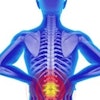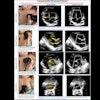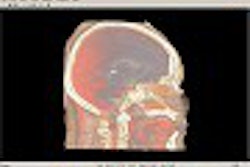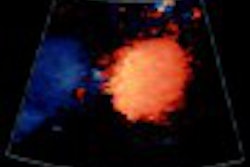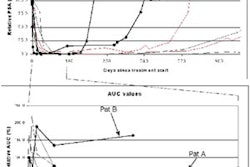(Ultrasound Review) Radiologists at University of Michigan Medical Center have found that the normal and abnormal scapholunate ligament can be shown on ultrasound.
According to the authors "the scapholunate ligament is one of the important stabilizers of the wrist; abnormalities of this ligament may cause scapholunate instability, scapholunate dissociation, and rotatory subluxation of the scaphoid bone." Previous studies have shown the scapholunate ligament to be visible on ultrasound in 78% of cases.
They studied four cadaveric wrists and compared the findings to arthrography, MR arthrography and anatomic sectioning, which was considered the gold standard. The criteria for abnormality included "an abnormal contrast communication between the radiocarpal and midcarpal joints on arthrography and a discontinuity of the dorsal aspect of the scapholunate ligament that was documented both on MR arthrography and at anatomic sectioning."
Of the four cadaveric wrists studied, three were abnormal and one was normal. On ultrasound the normal scapholunate ligament was hyperechoic between the scaphoid and lunate bones. In comparison, for the three abnormal ligaments the scapholunate ligament was not visualized, and instead there was an abnormal hypoechogenicity due to an absent fibrillar ligament.
Ultrasound was performed using a high-frequency linear array transducer from the dorsal aspect of the wrist. A liberal amount of acoustic coupling gel also was used to enable contact and transducer angulation. They began imaging in the transverse plane over the dorsal radial tubercle and moved distally to the scaphoid bone distal to the level of the radiocarpal joint space. The lunate bone was found toward the ulnar aspect and the dorsal scapholunate articulation was characterized by a triangular space. The authors advised using cephalic and caudal probe angulation to avoid artifactual hypoechogenicity due to anisotropy.
They concluded that "the dorsal aspect of the normal scapholunate ligament appears as a hyperechoic and fibrillar structure on sonography. Hypoechogenicity, discontinuity, or absence of such a structure indicates disruption of the dorsal aspect of the scapholunate ligament." Also, they suggested that a larger study be performed on the same subject to confirm these preliminary findings.
Sonography of the scapholunate ligament in four cadaveric wrists: correlation with MR arthrography and anatomyJacobson, J. A. et al
Department of radiology, University of Michigan Medical Center, Ann Arbor, MI
AJR 2002; 179:523-527
By Ultrasound Review
September 23, 2002
Copyright © 2002 AuntMinnie.com


